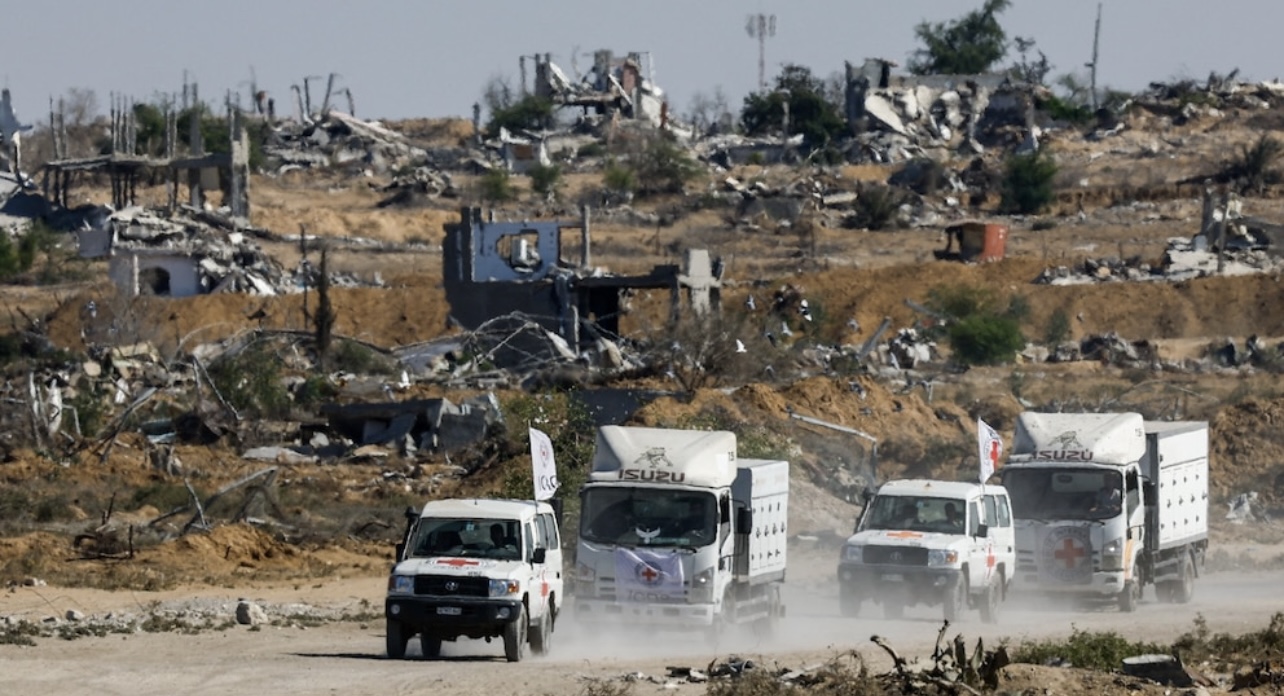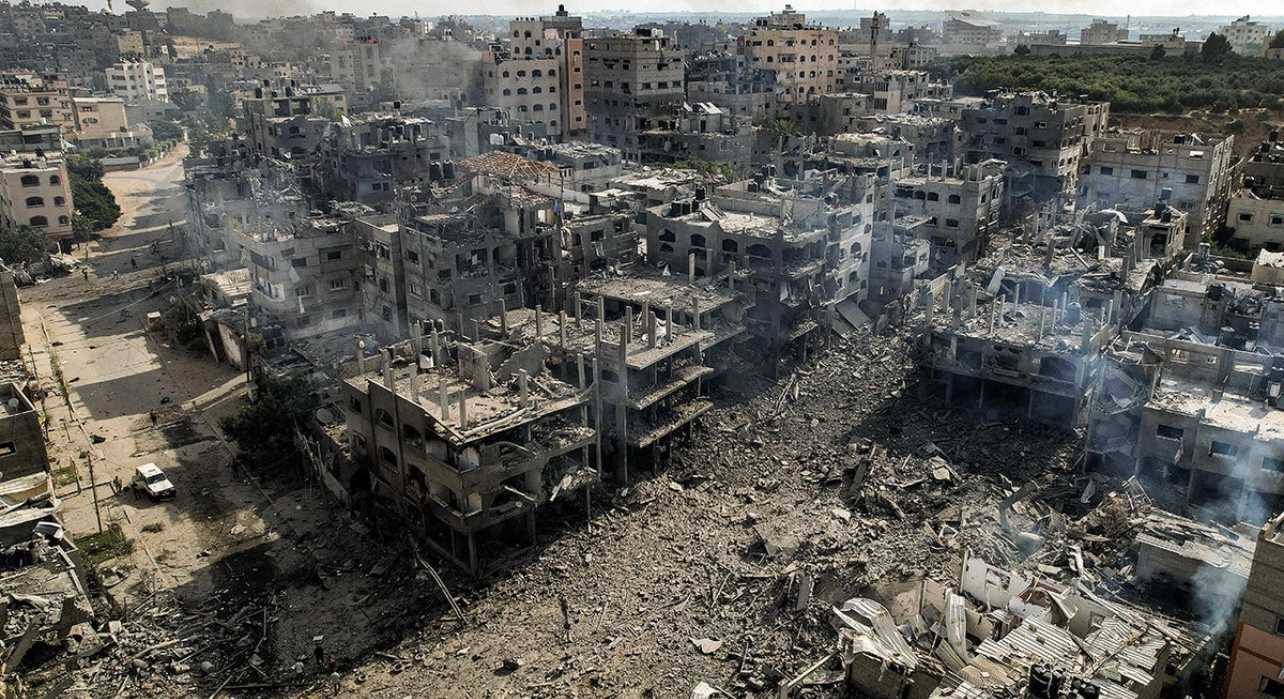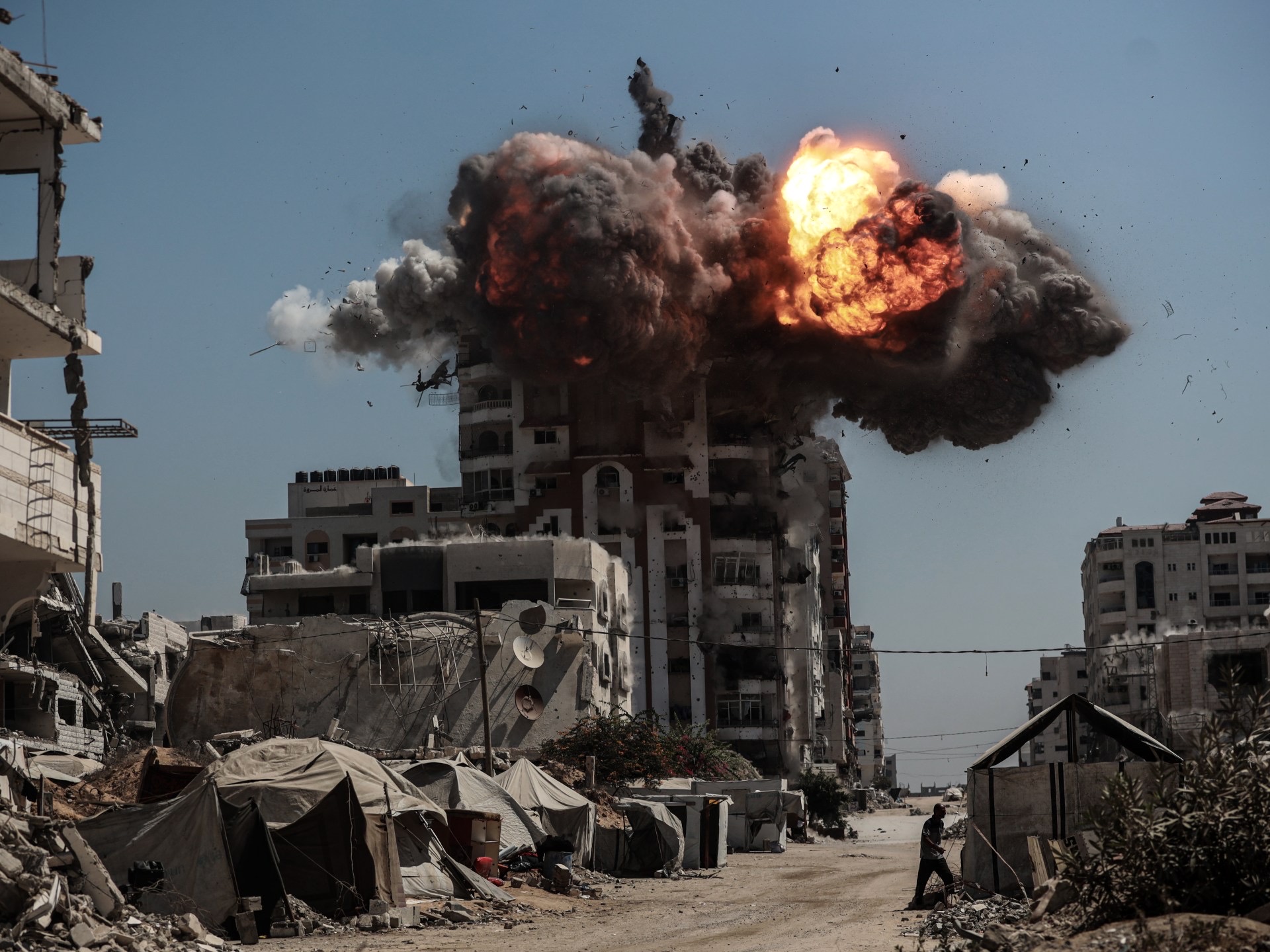Forensic teams in Gaza have begun the painstaking process of identifying 90 Palestinian bodies that were handed over by Israeli authorities this week under the terms of a fragile, U.S.-brokered ceasefire. The remains arrived at Nasser Hospital in Khan Younis over Tuesday and Wednesday and were largely unlabeled, officials said, complicating efforts to establish who they are and how they died.
Doctors and forensic examiners examining the bodies reported disturbing signs of mistreatment on many of the remains, including bound hands, blindfolds and gunshot wounds — injuries that Gaza medical officials and hospital staff described as consistent with torture or summary execution. Gaza’s Health Ministry said the bodies were transferred by the International Committee of the Red Cross (ICRC) and arrived without names or identifying paperwork, forcing examiners to rely on physical clues and family reports in a territory whose forensic capacity has been severely degraded by two years of war.
Under the ceasefire exchange, Israel agreed to transfer batches of Palestinian bodies in return for the return of Israeli hostages — living and deceased — held by Hamas. Israel has said it expected the return of 28 deceased hostages; Hamas has returned only a small number so far, and Israel has said at least one body handed over by Hamas was not that of a known hostage, raising tensions around the truce. The Israeli military and the Red Cross are involved in parallel processes for identifying and returning bodies on both sides.
For Gaza medical staff the challenge is technical and emotional. Many hospitals in the enclave lack functioning DNA labs or complete records because of damage to infrastructure, and some areas where people went missing remain frontlines or are inaccessible. Families who have waited months and in some cases years for news of missing relatives now face the agony of examining mutilated, unidentified remains without reliable forensic tools. Human-rights groups and some international prosecutors say the condition of the bodies raises questions about possible war crimes and called for independent, transparent investigations.
The exchange of bodies has been accompanied by shifts in humanitarian access. Aid deliveries, which had been stalled during parts of the conflict, resumed in larger numbers after the ceasefire arrangement was implemented, but some Israeli officials have said further transfers of aid could be conditioned on progress in the returns process — a move that has drawn criticism from international agencies. Meanwhile, medics in Gaza appealed for assistance to build forensic capacity so identifications can be completed and families can bury their dead with names.
Gaza authorities say forensic teams will continue examinations at hospitals receiving the bodies, while international intermediaries including the ICRC and U.S. mediators monitor the broader exchange. Independent investigations into the circumstances of deaths and allegations of mistreatment have been urged by rights groups and are likely to form part of broader scrutiny of conduct by both sides during the conflict.



